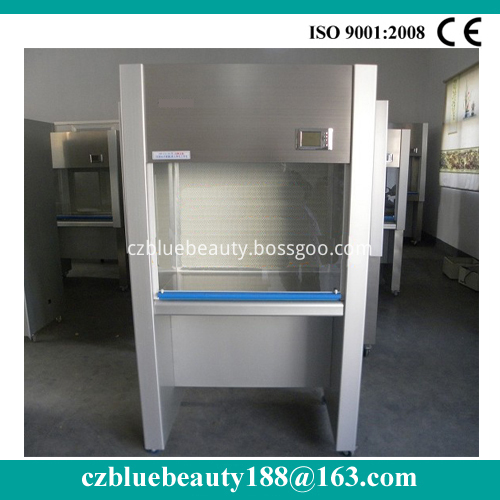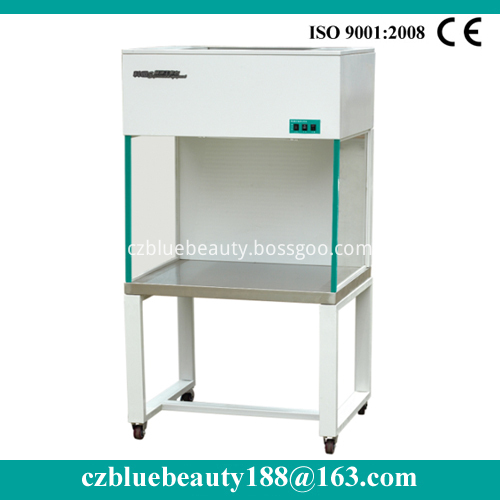Perennial flower, also known as perennial herbaceous flower, refers to a type of perennial herbaceous plant such as pine, which blooms, firmes, and pods in the ground part of the plant and forms a well-developed root in the underground part, can be exposed in the winter, and then reappears, grows, blooms, and stands in the following year. Fruit chrysanthemums, astilbe, heavenly chrysanthemums, rudbeckia, sea schistosomiasis, Icelandic poppies, sedum, columbaria, bellflower, sage, etc.
Flowering mechanism
Perennial flowers have different flowering mechanisms. In general, perennial flowers need photoperiod (day length) or vernalization (low temperature), or both. Understanding the specific flowering mechanism of perennial flower is one of the most important factors that affect the success of perennial commodity production.
Photoperiodic perennial flowers often require photoperiods to stimulate flowering. Long-day flowering plants require 14 hours or more of sunshine; Chinese and Rizhao plants grow regardless of their length of sunshine, but certain species bloom more during long days; short-day plant blooms require short days of sunshine, generally less than 12 hours. Long-day plants can stimulate flowering by artificial light in their unnatural flowering season. A simple and easy way to artificially create a long daylight is to fill the light at night, supplementing 4 hours of light from 10:00 p.m. to 2 a.m. the next day. Lighting can use 50 lux to 100 lux incandescent light. Filling the light sometimes leads to steep growth, especially when using incandescent light, so once the buds are present, the light source must be switched off.
There are three key factors for successful vernalization, one of which is indispensable: Plants that are to be vernalized must be fully mature; in general, they must not be higher than 5C; and appropriate cryogenic times are generally 6 weeks to 10 weeks.
The perennial flower plants are poorly processed when they are immature. Generally, at least two months of vegetative growth is ensured before low temperature treatment. Germany's Benali Company has introduced the fast lane variety. It takes 3 to 5 months from sowing to flowering. Vernalization can be accomplished without low temperature. However, vernalization can significantly shorten the flowering time after transplantation and ensure the uniform flowering period.
Production Process
The use of imported peat for the nursery medium can significantly increase the emergence rate and accelerate the rate of seedling growth. The 300 litre packaged peat can contain 200 to 120 trays of plugs, and the cost per hole increases by only one penny. Especially for small seeds, the effect of applying imported peat is even more pronounced.
The sowing time, sowing time, transplanting time, and flowering time of the sowing time on the fast lane variety are generally from January to March sowing, from March to May on the basin, and from May to September. Even if it is a fast lane variety, after putting on the pots, put it in a greenhouse of 0°C to 5°C for 1 month to 1.5 months, which can significantly increase the number of flowers and improve the quality. Therefore, in the case of greenhouse affluence, it is recommended that This process is processed.
The regular sowing, transplanting and flowering rules of conventional varieties are: sowing from September to November, flowering from November to March of the following year, and flowering from April to August.
The best time for the upper pot plug seedling roots grow the vent holes at the bottom of the plug, the roots into a group, this time transplanting is convenient, is the best time for the pot. Late transplants, such as the formation of small old seedlings, will increase the growth time, affecting the quality of finished products.
Growth process management Plug seedlings are molded, transplanted into the tray or nutrient bowl, or one-step displacement to the commodity pot, slow seedlings from 2 weeks to 4 weeks, shift into the night temperature of 0 °C to 5 °C, daily temperature In a greenhouse of 10°C to 15°C, place it for 1.5 months to 2.5 months. During this time, always keep the medium in the basin moist. During this period, some long-day special varieties that promote flower bud differentiation require additional light treatment to ensure light from 12 hours to 14 hours, and most varieties do not require light treatment. After entering March, the temperature rose, and when the minimum temperature was about 10°C in greenhouse conditions, normal growth and maintenance began, fertilizer and water management, until the plants blossomed.
Laminar Flow Cabinet is in a specific space, indoor air by the filter at the beginning of the pre-filter by small centrifugal fan pressure, static pressure, then through secondary filtration, high efficiency air filter out of the high efficiency air filter surface wind blown clean air has certain and uniform cross section wind speed, can rule out the workspace of the original air, to take away dust particles and biological particles, in order to form high sterile clean working environment.
Parameter\Model
SW-CJ-1D
SW-CJ-2D
Clean grade
100 Grade@≥0.5μm (209E)
Number of bacteria
≤0.5 per utensil.hour (¢ <90mm> utensil)
Average wind speed
0.3~<0.6m>/s (adjustable)
noise
≤62dB
Half peak value of shaking of shaking
≤5μm
Illumination
≥300Lx
Power supply
AC single-phase 220V/50H
Max. power consumption
0.4KW
0.8KW
Weight
85kg
150 kg
Dimension of working area
700×500×500(W×D×H)mm
1300×570×1600(W×D×H)mm
Overall dimension
850×570×1550(W×D×H)mm
1150×500×500((W×D×H)mm
Specification and number of high effective filter
760*610*50*
610*610*50*
Specification and number of light from firefly/ ultraviolet light
20W*
30W*
Suitable number
Single
Double



Laminar Flow Cabinet,Laminar Flow Bench ,Biosafety Cabinet ,Laminar Airflow Hood
Cangzhou Blue Beauty Lab Instrument Co., Ltd. , https://www.czlabinstrument.com